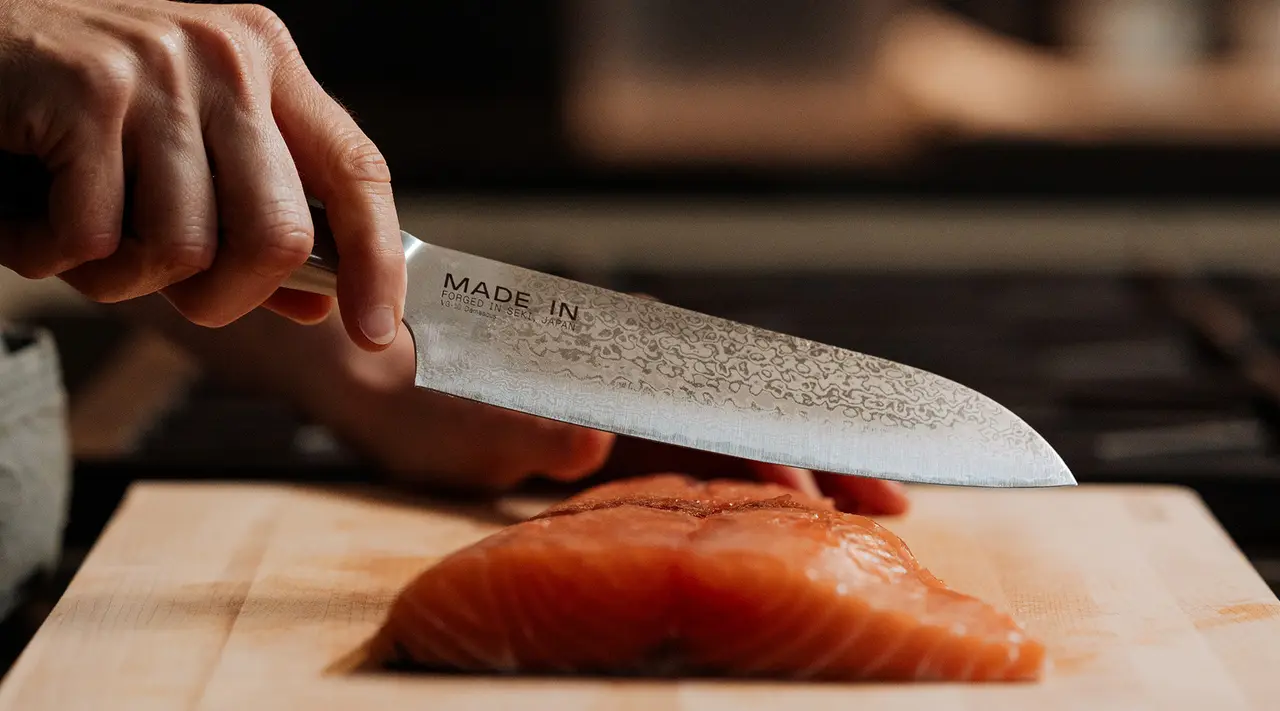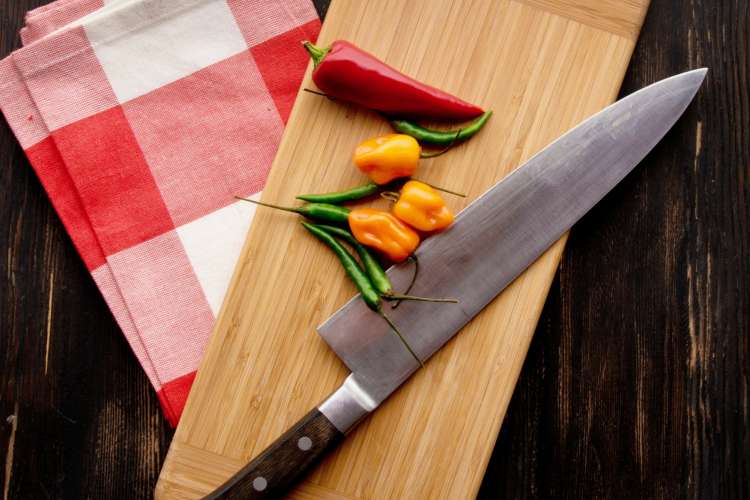For kitchen professionals, a well-maintained knife is crucial for efficient and precise cooking. If youve been wondering how to hone German knives to keep them in top condition, you've come to the right place. German knives, known for their durability and excellent craftsmanship, require proper maintenance to retain their sharpness and effectiveness. In this article, we will explore the art of honing German knives, ensuring they remain an essential tool in your culinary arsenal.

Understanding German Knives
German knives are renowned for their robust construction and versatility in the kitchen. Typically made from high-carbon stainless steel, these knives are designed to handle various tasks from chopping vegetables to slicing meats. Their slightly softer steel compared to Japanese knives allows for easier honing, making them a favorite among many kitchen professionals. To delve deeper into the craftsmanship of German knives, you can read more about their history and origins.
Importance of Honing
Honing is an essential maintenance practice that realigns the edge of the knife, keeping it sharp and ready for use. Unlike sharpening, which removes material from the blade to create a new edge, honing simply straightens the existing edge. Regular honing can significantly extend the lifespan of your knife by maintaining its cutting efficiency and preventing the need for frequent sharpening.
Tools Required for Honing
To hone your German knives effectively, you will need a honing rod, typically made from steel, ceramic, or diamond-coated material. The choice of honer depends on personal preference and the specific needs of your knives.
Step-by-Step Honing Process
1. Choose the Right Angle: German knives typically require a 20-degree angle for honing. It's important to maintain this angle throughout the process to ensure even edge alignment.
2. Position the Honing Rod: Hold the honing rod vertically with the tip resting on a stable surface. This position provides a steady base for honing.
3. Start Honing: Place the base of the knife blade against the honing rod at the desired angle. Draw the blade down and across the rod, moving from the heel to the tip. Repeat this motion on the opposite side of the blade, ensuring an equal number of strokes on each side.
4. Final Touches: After honing, gently rinse and dry the knife to remove any metal particles. Your knife is now ready for precise and efficient cutting.
Common Mistakes to Avoid
While honing is straightforward, there are common mistakes that can affect the outcome. Avoid applying excessive pressure, as this can damage the blade. Additionally, ensure the honing rod is not too worn, as it may not provide the necessary friction for effective honing. For more insights into knife maintenance, check out our guide on the longevity of German knives.
Integrating Honing into Your Routine
For kitchen professionals, integrating honing into your routine is key to maintaining the quality of your German knives. Depending on usage, aim to hone your knives once a week. This routine ensures your knives are always ready for the precision cutting tasks required in a professional kitchen.
Why German Knives Require Regular Honing
German knives, with their softer steel composition, tend to lose their edge faster than harder steel counterparts. Regular honing helps maintain their edge, ensuring they remain reliable and efficient tools in a professional setting. Discover more about the characteristics of German knives here.
Conclusion
Honing is an integral part of knife maintenance for those looking to preserve the quality and performance of their German knives. By following the steps outlined in this article, kitchen professionals can ensure their knives remain sharp and ready for any culinary challenge. Remember, a well-honed knife not only enhances efficiency but also elevates the overall cooking experience. For further tips on knife care, explore our resources on the care and maintenance of German knives.

FAQ
How often should I hone my German knives?
For optimal performance, consider honing your German knives weekly, especially with frequent use in a professional kitchen setting.
Can honing replace sharpening?
No, honing cannot replace sharpening. While honing maintains the edge, sharpening is necessary when the blade becomes dull and requires a new edge.
What is the best honing rod for German knives?
The best honing rod depends on your preference and needs. Steel rods are traditional, while ceramic and diamond-coated rods offer more precision.


























